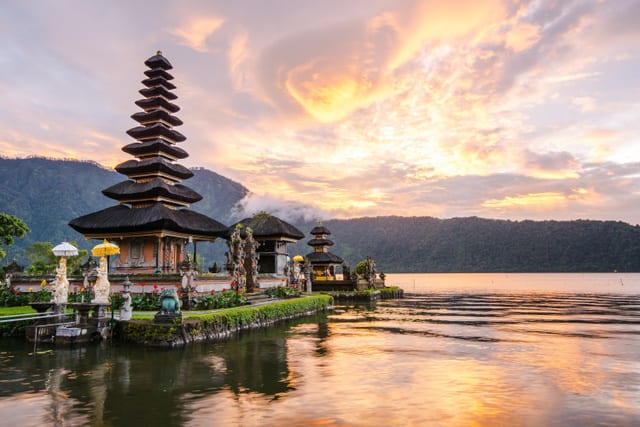Asia, the largest continent, is a mosaic of cultures, each with its own unique heritage and traditions. This journey through Asia’s diverse cultural landscapes reveals an intricate tapestry of history, art, and customs that have shaped the world.

Ancient Traditions and Modern Practices
The Heritage of India
India, a land of profound spirituality, is home to ancient traditions that date back thousands of years. The vibrant festivals, such as Diwali and Holi, exemplify the country’s rich cultural heritage. Yoga and Ayurveda, both originating in India, have gained international acclaim for their holistic approaches to health and well-being. Modern India, while embracing technology and innovation, continues to celebrate its traditional art forms like Bharatanatyam dance and classical music.
China’s Timeless Legacy
China’s culture is steeped in history, with dynastic legacies influencing its contemporary society. The Great Wall, an architectural marvel, symbolizes the ingenuity of ancient Chinese civilizations. The philosophy of Confucianism, which emphasizes harmony and filial piety, remains integral to Chinese culture. Traditional Chinese medicine, calligraphy, and the Peking Opera are testament to China’s enduring cultural richness.
The Melting Pot of Southeast Asia
Thailand’s Cultural Mosaic
Thailand, known as the Land of Smiles, offers a blend of spirituality, art, and cuisine. The elaborate temples, such as Wat Arun and Wat Phra Kaew, reflect the country’s deep-rooted Buddhist traditions. Thai cuisine, famous for its bold flavors and aromatic spices, is an integral part of the cultural experience. The traditional dance forms, like Khon and Fawn Thai, showcase the artistic prowess of the Thai people.
Vietnam’s Historical Depth
Vietnam’s culture is a tapestry of historical influences, from ancient indigenous traditions to French colonial heritage. The áo dài, a traditional Vietnamese dress, epitomizes the nation’s elegance. Festivals like Tet, the Vietnamese Lunar New Year, highlight the importance of family and ancestral worship. Vietnamese water puppetry, an art form dating back to the 11th century, offers a glimpse into the country’s rich artistic tradition.
The Harmony of East Asia
Japan’s Cultural Symphony
Japan, a land of contrasts, harmoniously blends the ancient with the modern. Traditional tea ceremonies and the art of Ikebana (flower arranging) reflect the Japanese aesthetic of simplicity and beauty. The centuries-old practice of Samurai martial arts continues to influence contemporary Japanese culture. In stark contrast, bustling metropolises like Tokyo showcase Japan’s technological advancements and modern lifestyle.
South Korea’s Dynamic Culture
South Korea, known for its rapid technological growth, also cherishes its cultural heritage. The traditional Korean hanbok clothing, often worn during festivals and celebrations, reflects the elegance of Korean craftsmanship. K-pop and Korean dramas have garnered global attention, highlighting South Korea’s influence on modern pop culture. Meanwhile, historical sites like Gyeongbokgung Palace preserve the nation’s royal legacy.
The Cultural Fusion of Central Asia
Uzbekistan’s Silk Road Heritage
Uzbekistan, at the heart of the Silk Road, boasts a rich cultural heritage influenced by various civilizations. The architectural splendor of Samarkand and Bukhara, with their intricately designed mosques and madrasahs, reveals the region’s historical significance. Traditional crafts such as silk weaving and ceramics continue to thrive, maintaining the artistic traditions passed down through generations.
Kazakhstan’s Nomadic Roots
Kazakhstan’s culture is deeply rooted in its nomadic heritage. Traditional yurts, portable round tents, symbolize the nomadic lifestyle of the Kazakh people. Equestrian sports and the art of falconry highlight the importance of horses in Kazakh culture. The modern capital, Astana, with its futuristic architecture, represents the country’s vision for the future while honoring its past.
Conclusion
Asia’s cultural landscape is a vast, intricate tapestry woven from the threads of ancient traditions and modern innovations. From the spiritual richness of India to the dynamic culture of South Korea, the continent offers a journey through time, showcasing the resilience and creativity of its people. This exploration of Asia’s diverse cultures not only highlights the continent’s historical depth but also its continuing evolution in the modern world.